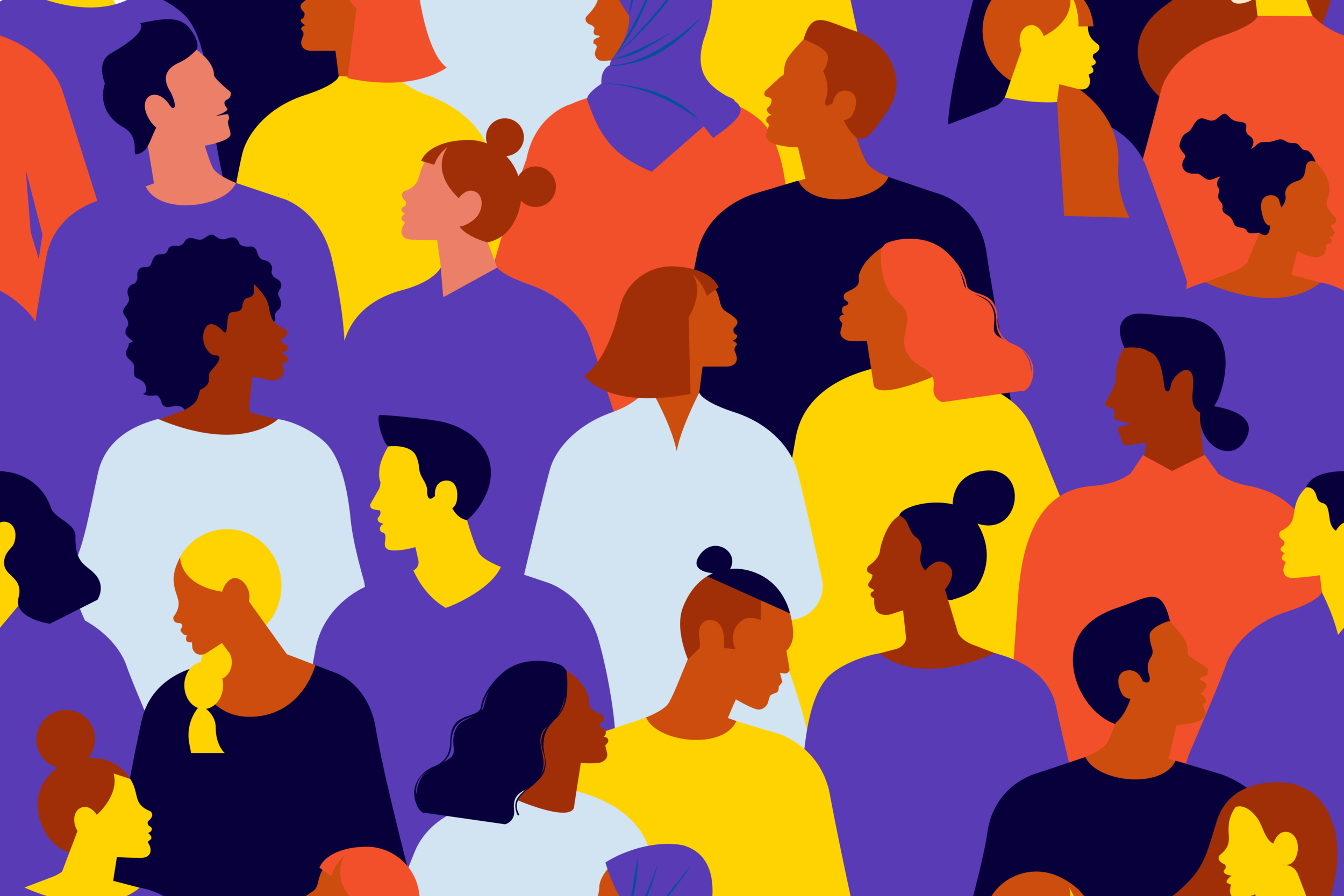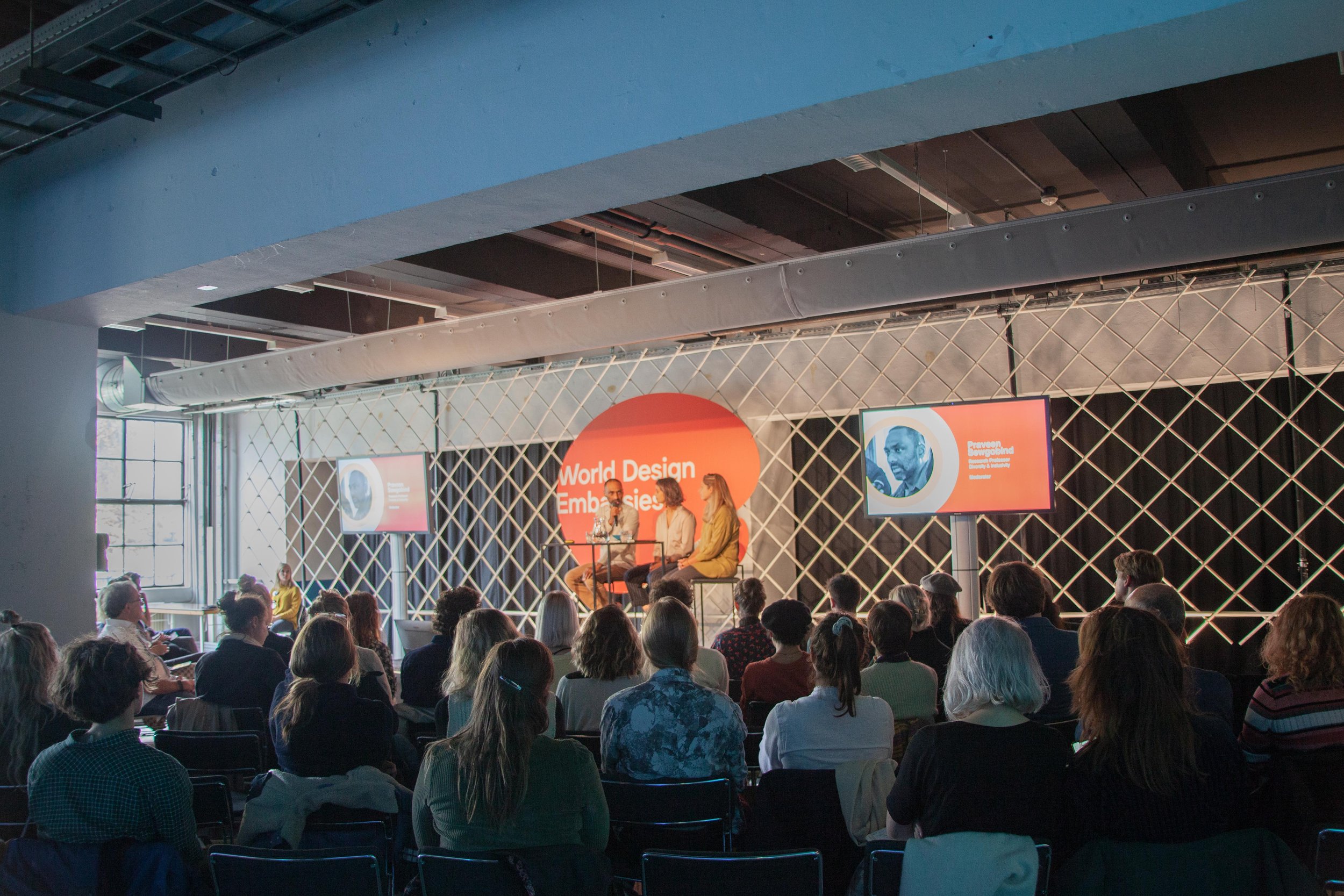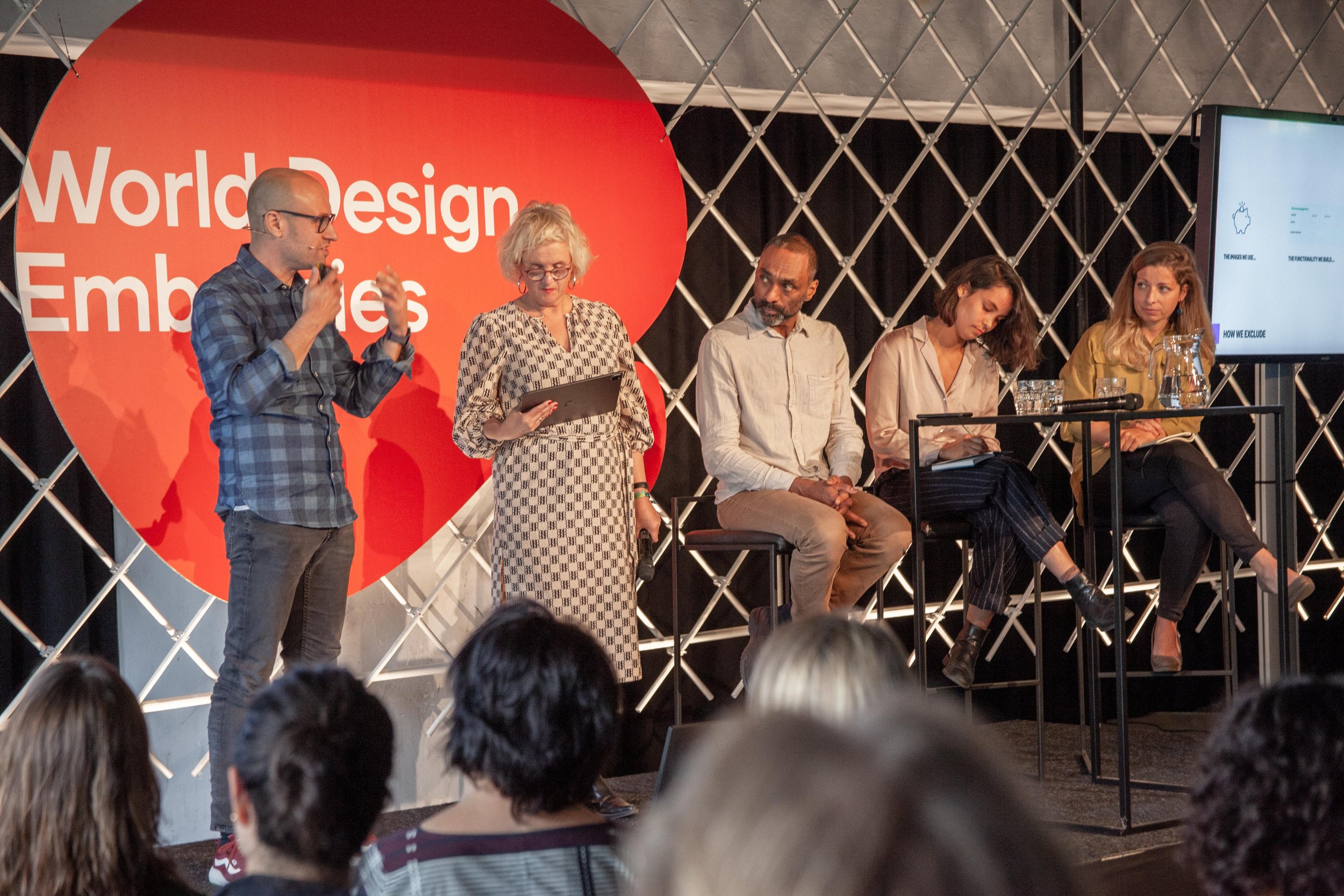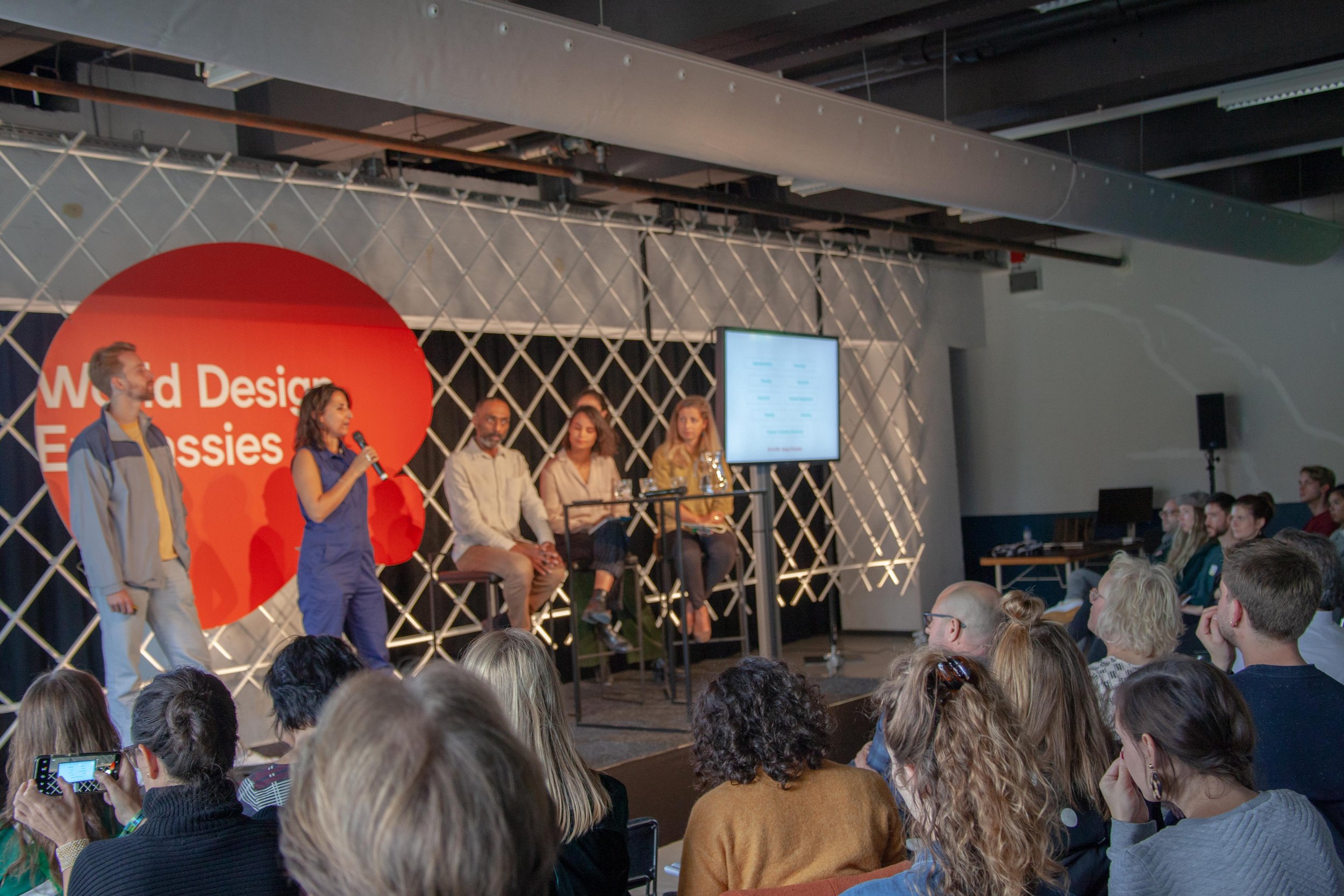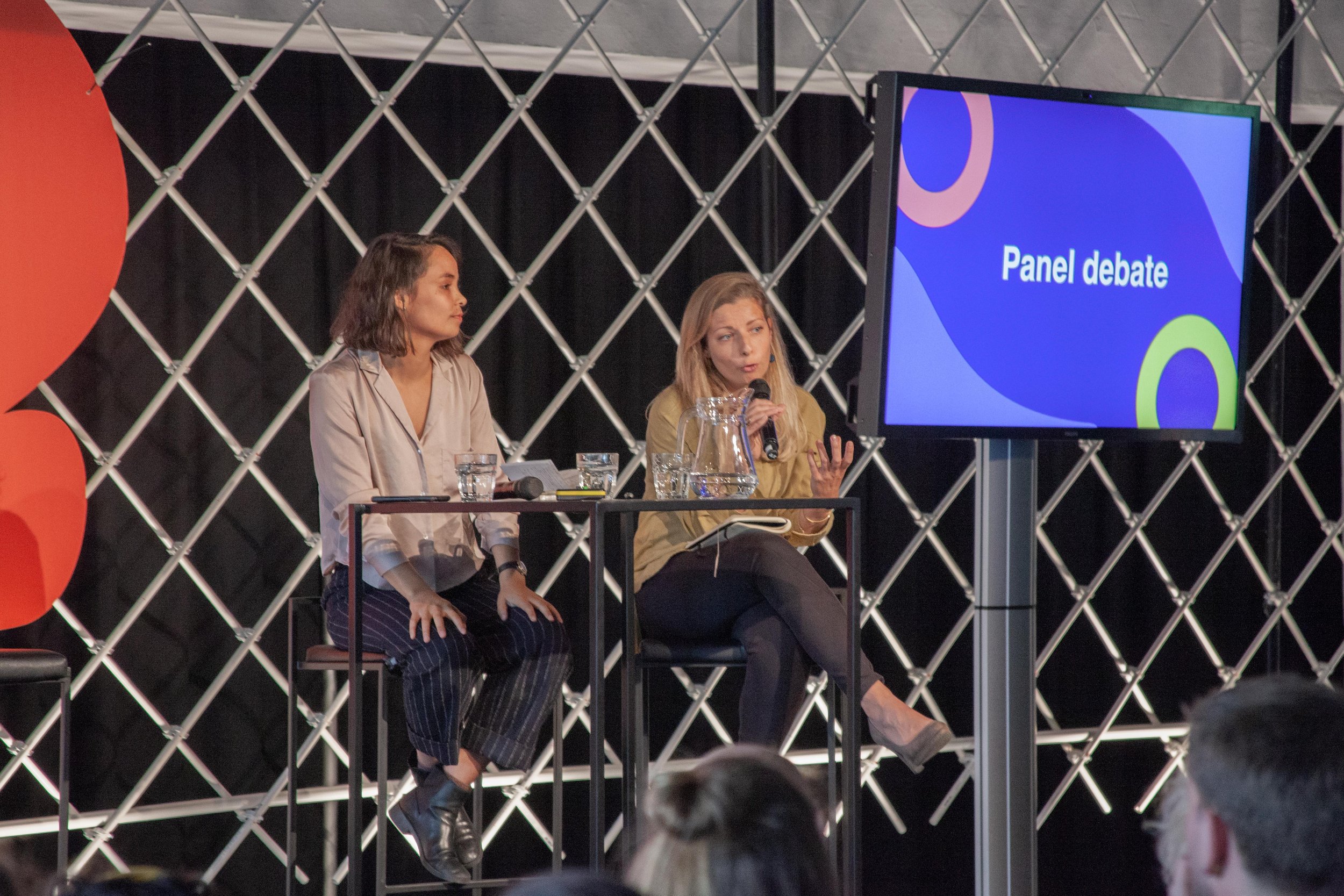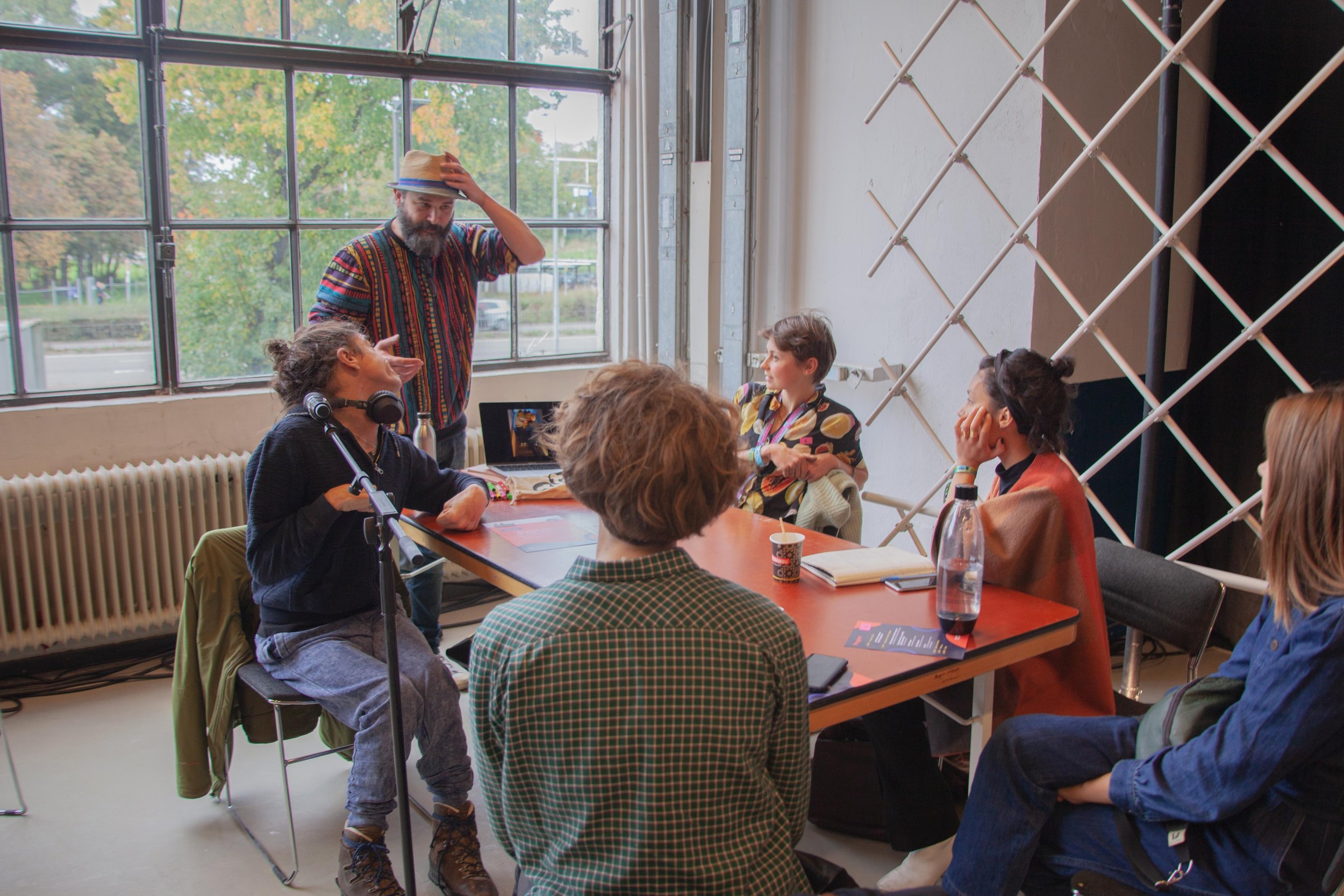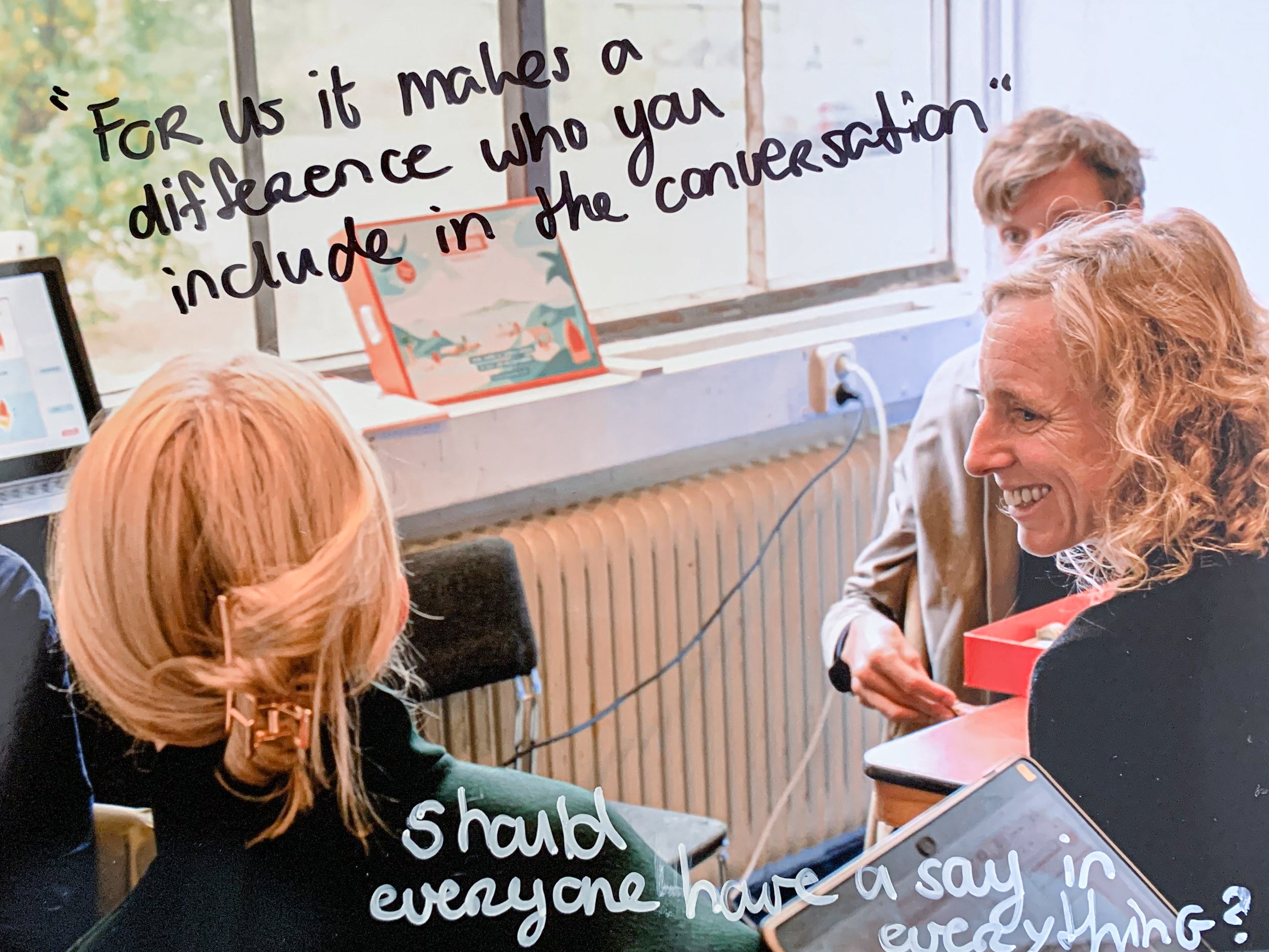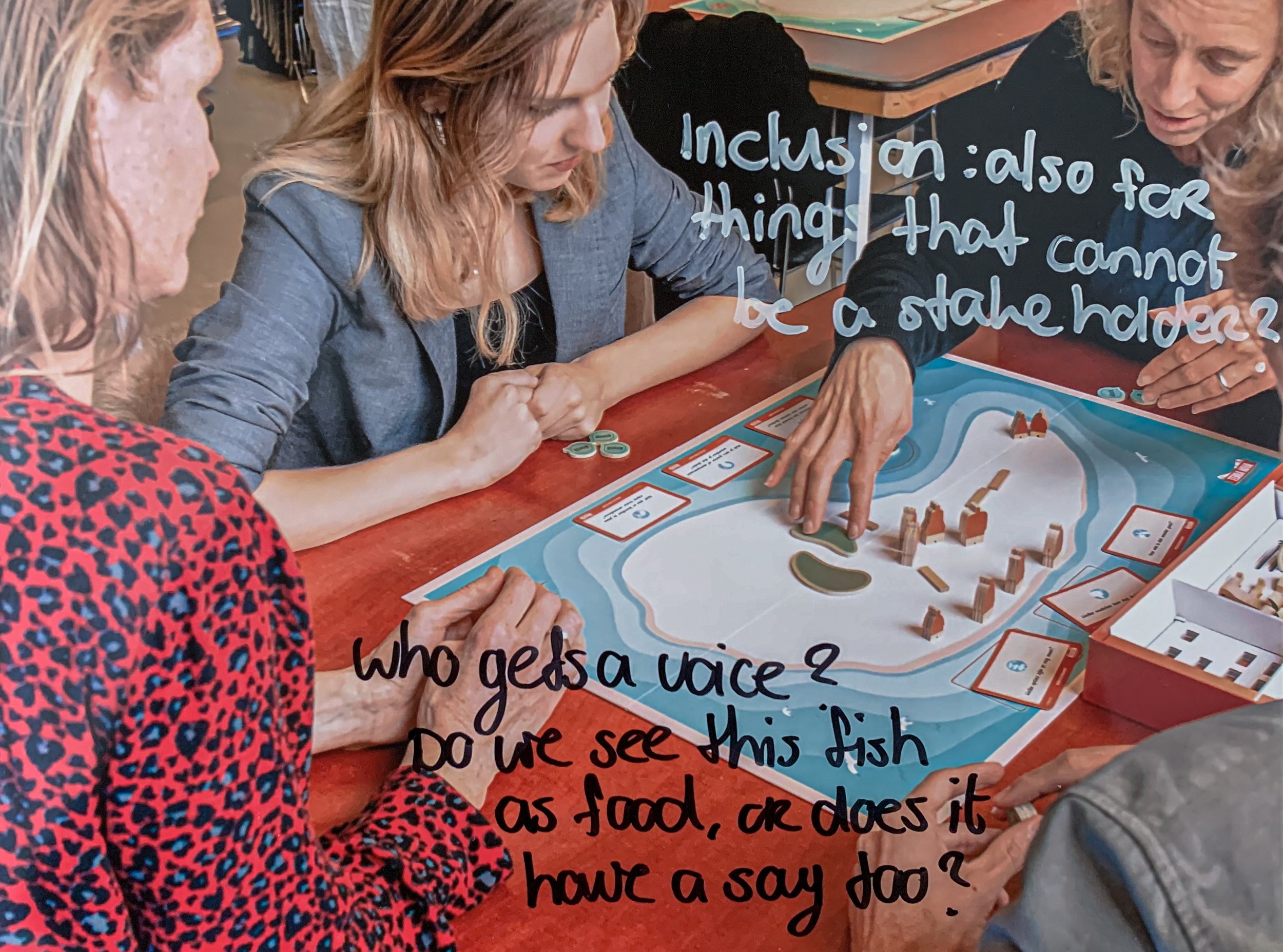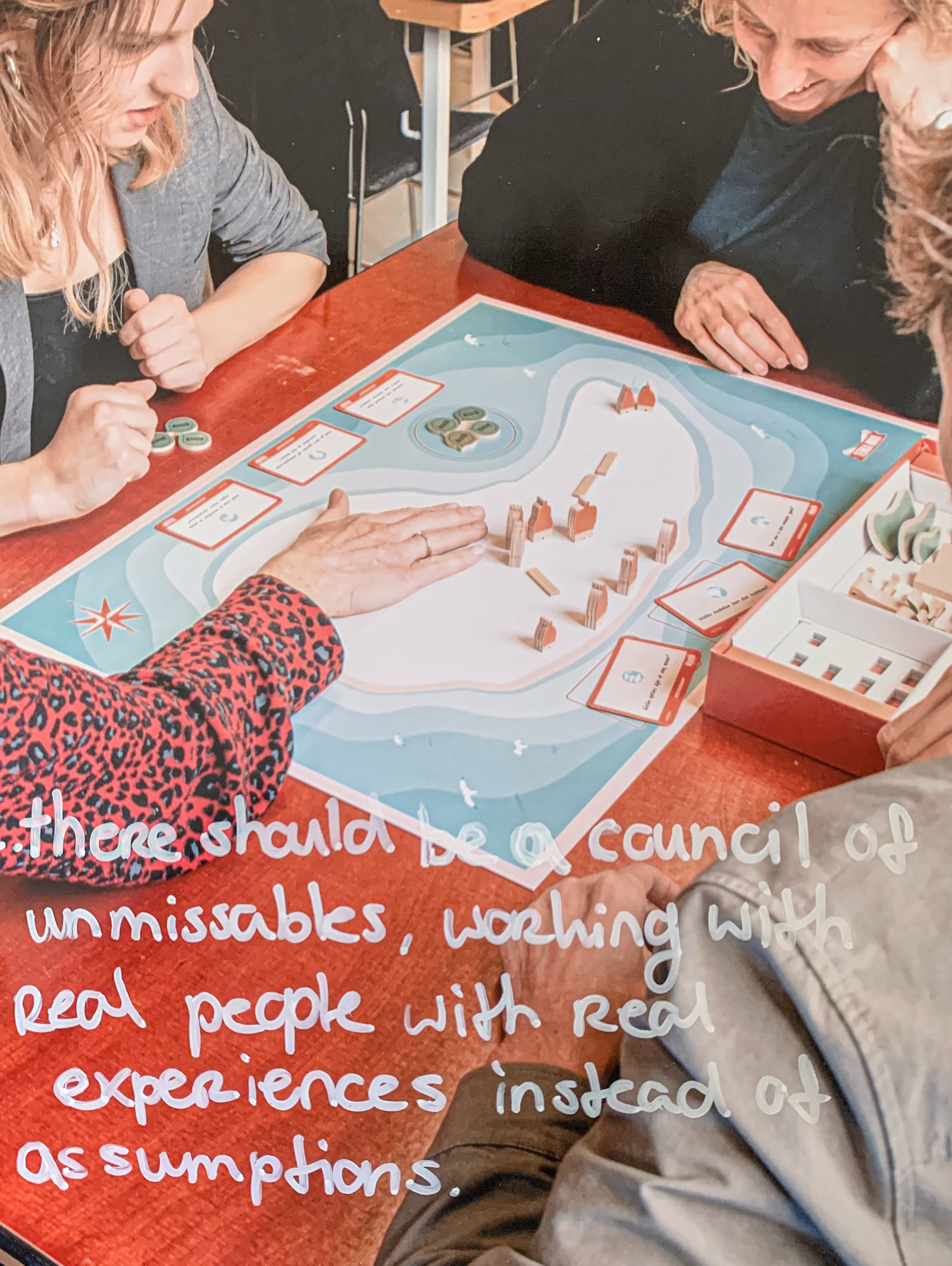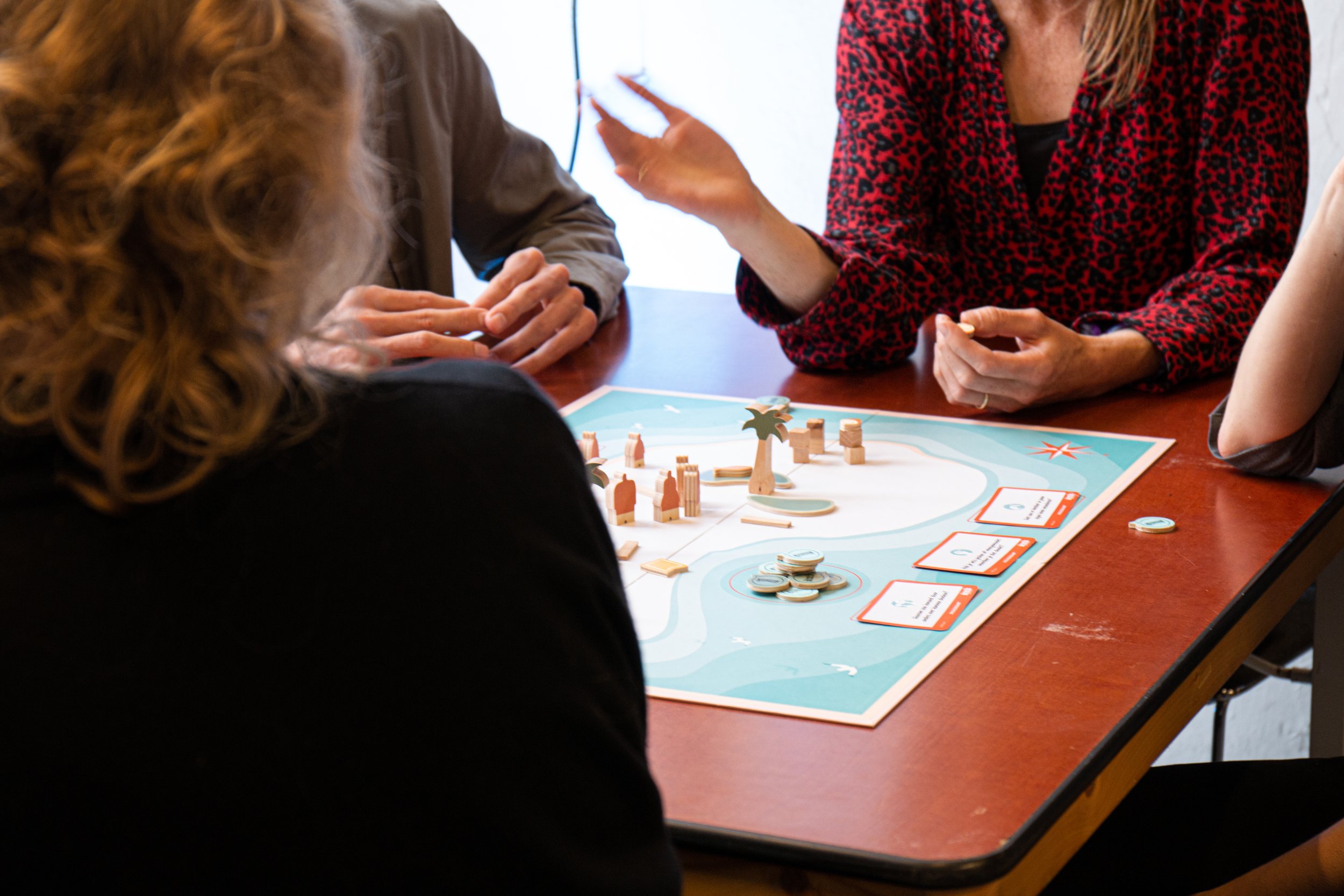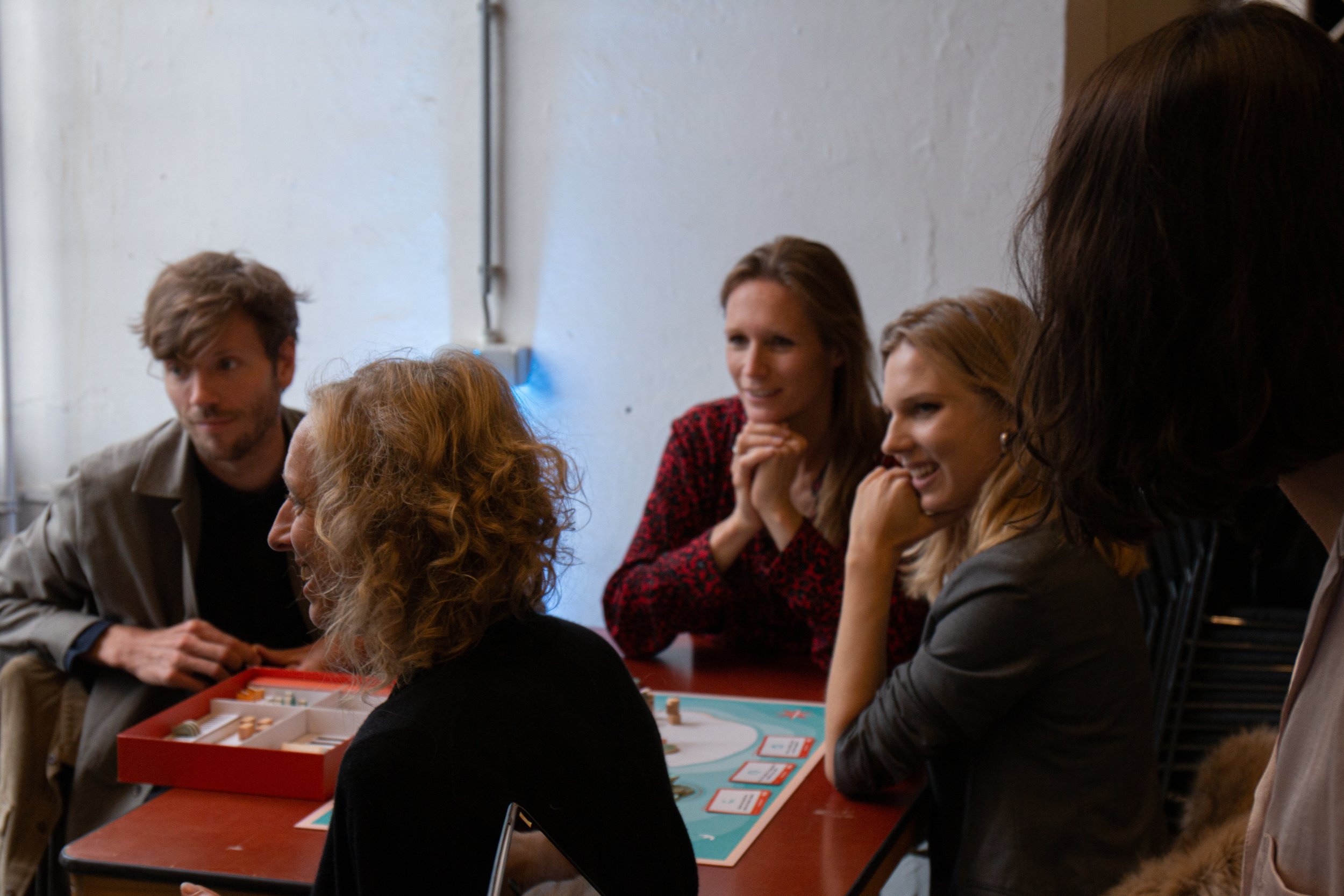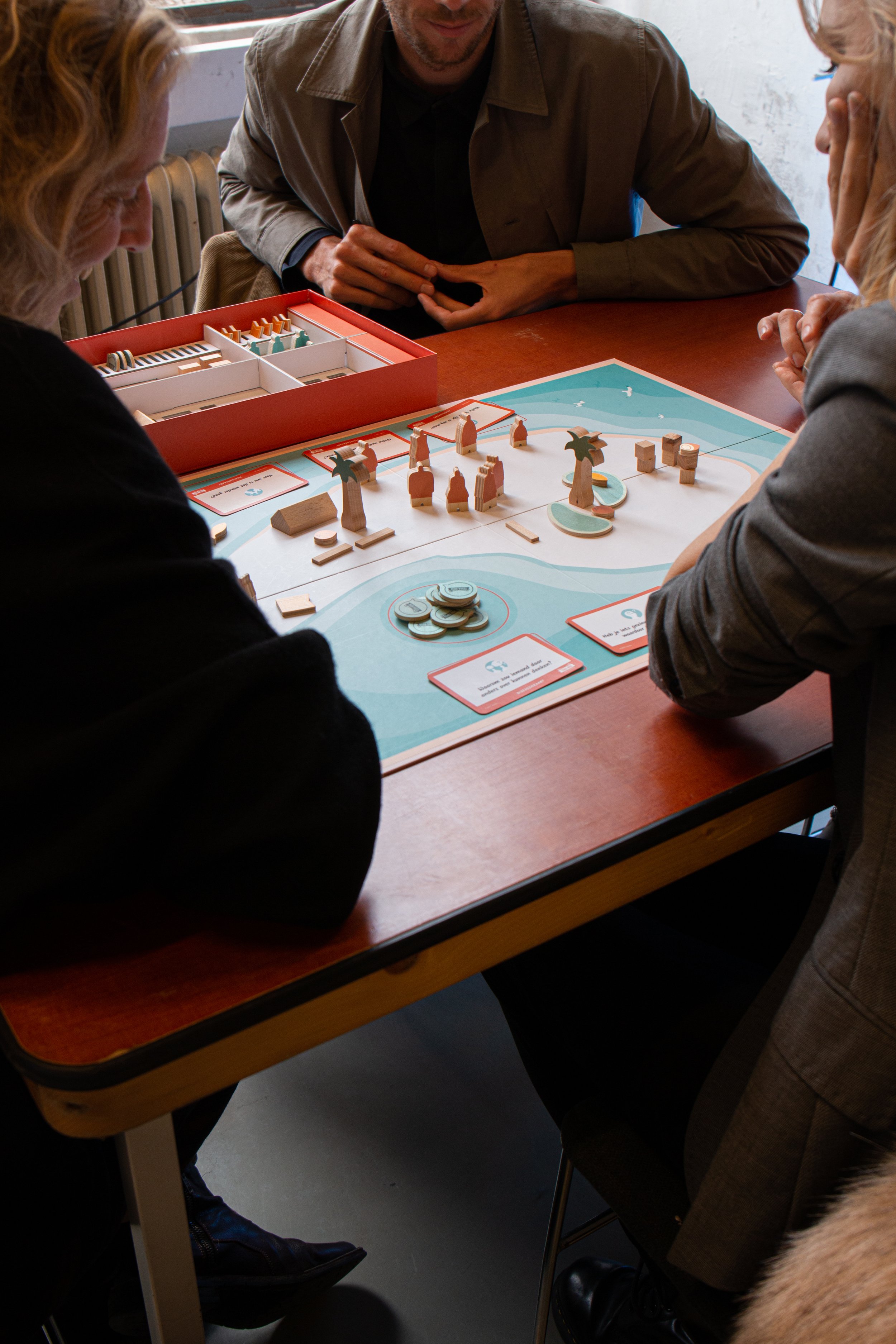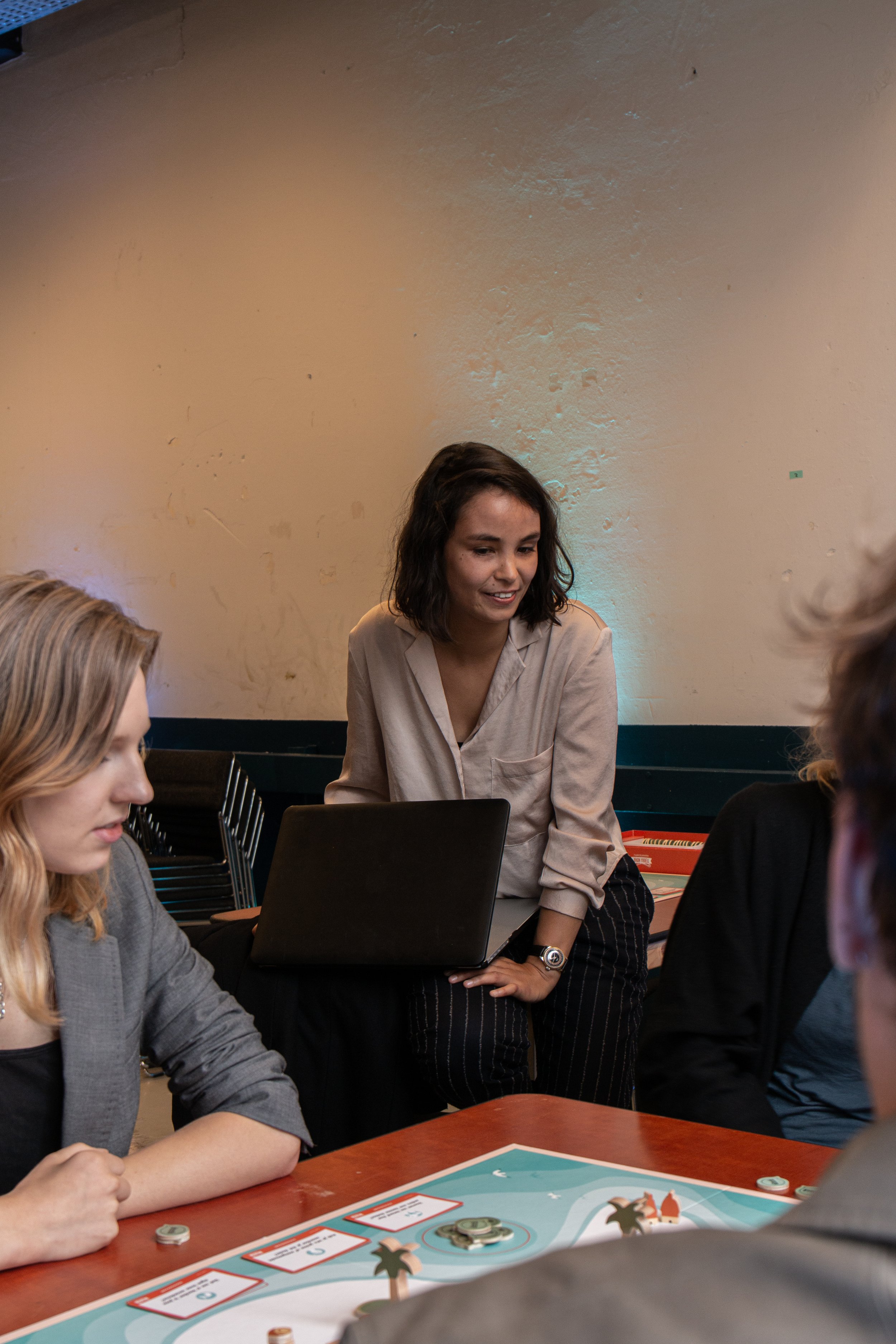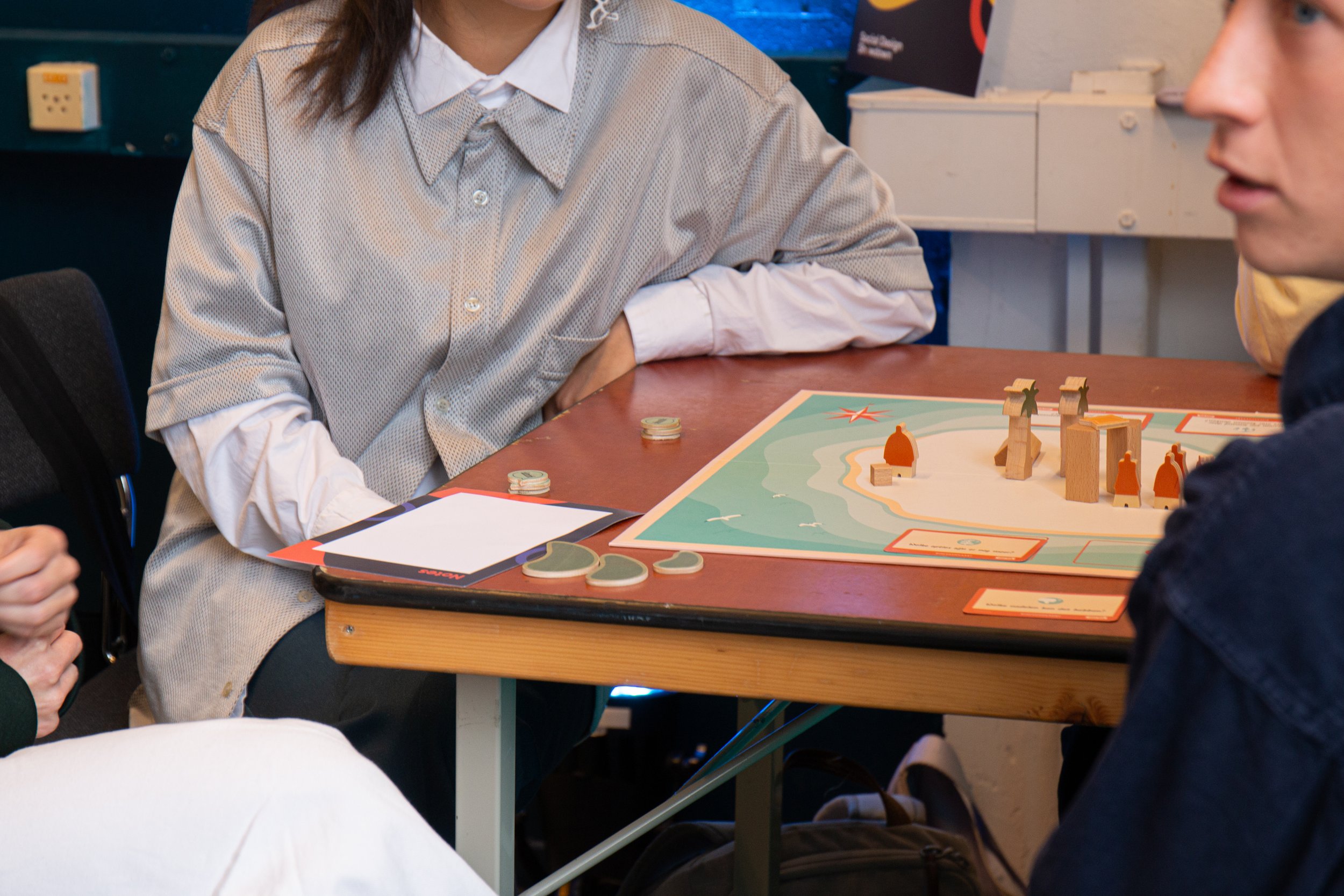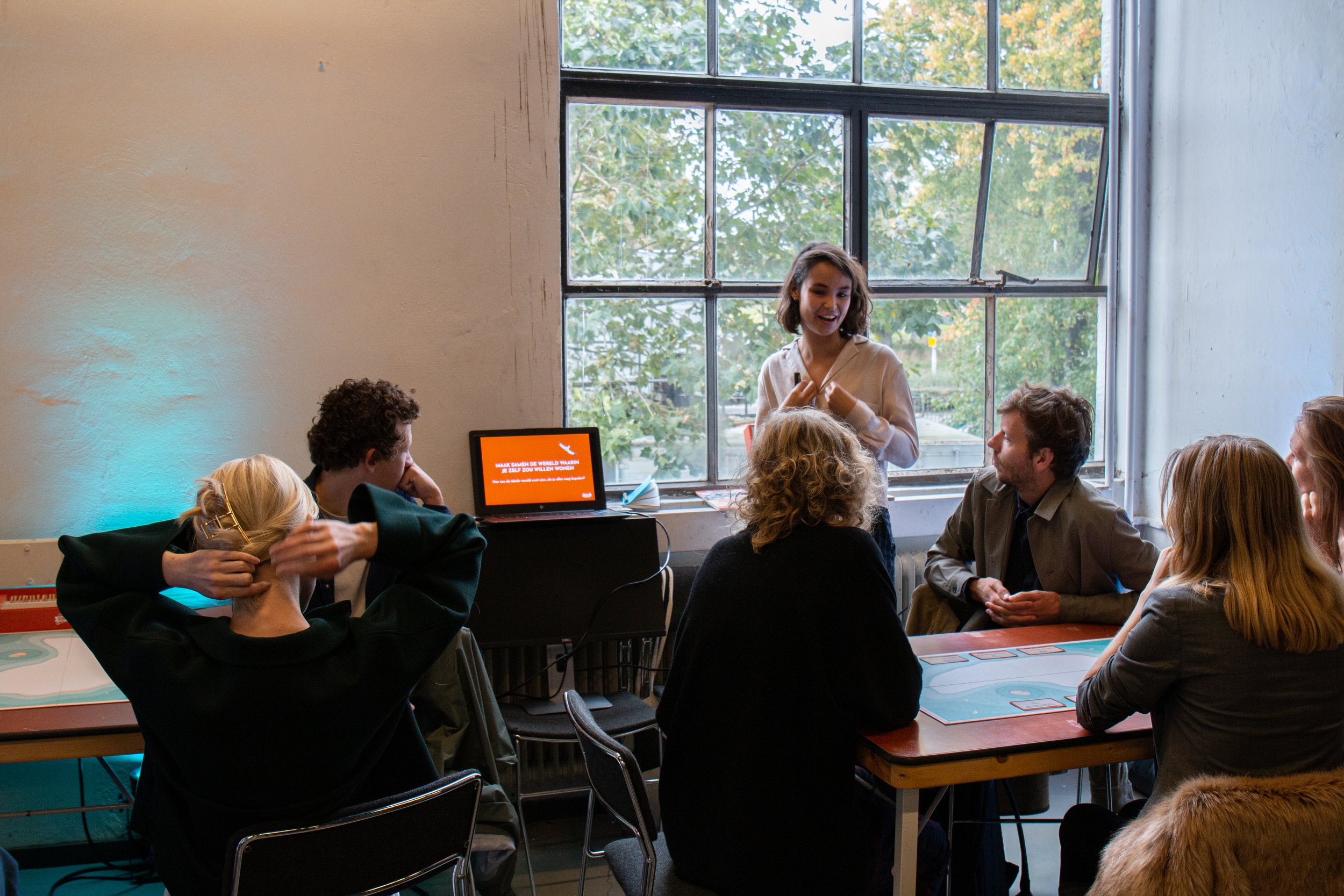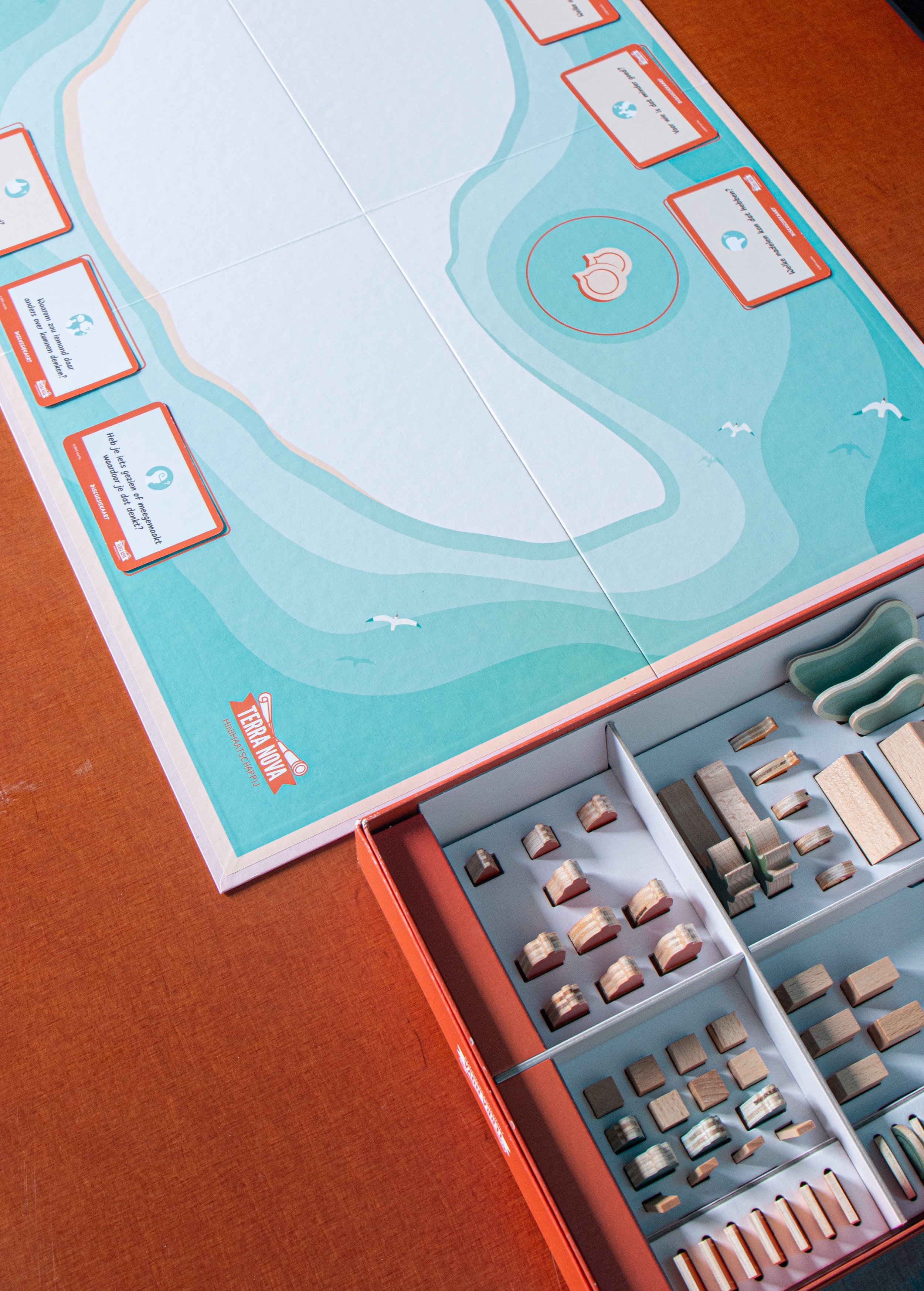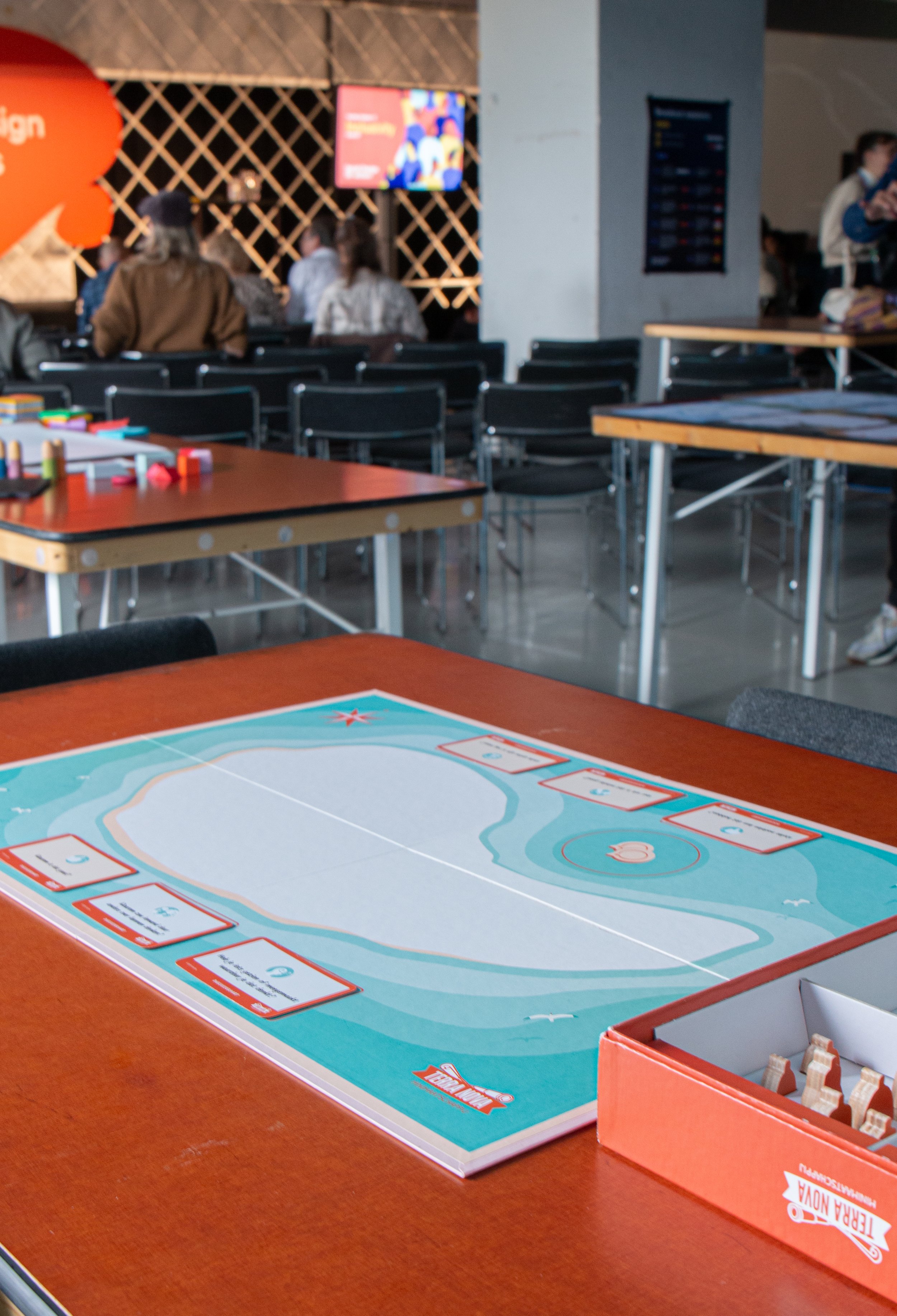Event #7 Inclusivity
In the 7th Social design showdown event on the 17th of October, we came together. Both onsite and online, we discussed a topic that could almost be said to be at the very roots of social design. In his critique on commercialism, Victor Papanek in the 60s and 70’s, already made a plea for inclusivity in design and thereby launched an alternative perspective on what design could do. Even though the topic is of high importance to most of us, the question seems to remain: can we really say that our community itself is inclusive? For once, we pointed our gaze not towards our stakeholders, but to ourselves. To critically reflect, redirect and hopefully promote a more inclusive social design. We discussed, among other things, ways of designing, diversity of teams, exclusive language use, accessibility issues, our own biases and above all, wonderful exemplary design projects.
Panel discussion
Our panelists presented some of their projects in relation to the topic of inclusivity. They shared their insights into the topic, posed questions and partook in a critical discussion with Roos Beerkens: Researcher at Customer Revolution and Lisa Hu: Founder of Foundation Terra Nova - Democratic Design.
Our panelists
Alain Dujardin: Creative Director Greenberry & Jellie Tiemersma: Founder Personal Too- They presented a process of designing a conversational tool which helps organizations to take steps towards an inclusive design process.
Shay Raviv & Pim van der Mijl & Betina Abi Habib: De Voorkamer, Utrecht - They presented the creation of an inclusive space to facilitate and stimulate the talents of status holders and asylum seekers.
Nina Timmers: Independent Strategic Designer - Nina shared her experience with running a large-scale and long-term participation project in London and what kind of infrastructure was required to create participation on such a scale.
Watch the video here!
Breakout sessions
Let's discuss! After the presentations and plenary conversations we parted ways. A number of designers hosted several discussions and workshops with approximately 8 people in a timeframe of about 40 minutes. Each break-out discussed a particular statement on inclusivity and design. After the discussions the hosts prepared a document summarising what they had experienced. They were left completely free to do what they wanted with the form of this documentation. We received illustrations, textual summaries, annotated pictures and various other forms. Have a look at the results here:
1
Even if you want to have inclusive staff, you will never succeed.
2
Should the host of this session be able to be present?
3
As a social designer you should only work on projects in which you are stakeholder.
4
The input from underrepresented groups should weigh more heavily in your research analysis.
5
A white able-bodied person can not translate the input from historically marginalised groups in a design process.
6
Design education is exemplary for non-inclusiveness
7
A cultural change starts by updating our language use with the contemporary norms of society.
8
The role of a social designer in a participation project is purely facilitating.
9
A designer should not have the power to make decisions, their own biases are in the way.
Aside from the discussions based on statements, two workshops were hosted:
1
Workshop ‘Starting point inclusive design - giving feedback on a tool developed to have a conversation for those who aim to create inclusive digital products and services
2
Workshop terra nova - Democratic design Explore your ideal society
What have we learned?
The latter, of course, is an impossible question to answer. Each of us might have taken different things from the event. I, as the writer of this post, might have picked up on things relevant to me while they might be completely irrelevant to you and visa versa. I might have completely missed things or interpreted things in ways that are contestable. This might be part of what it means to work inclusively. To recognise such differences and to put in the work in order to understand each other's way of being in the world. And so, the following points are by no means a conclusion of the whole. Merely some points that I took to be relevant from the documentation that are hopefully relevant to you as well:
Designers always have ‘coloured glasses’ from the start. Everybody always already has a certain socio-cultural background. The choice to participate in a project is already a bias. Just like the way a designer deals with a project. We should not neglect these predispositions, but acknowledge them from the start. Try to bring them to the fore so that others may form their opinion in contrast to yours and respond.
When doing a project, being an outsider to your stakeholders gives you a fresh perspective. It allows you to see things that, for them, are so normal for them that they cease to perceive them themselves. On the other hand, being an insider gives you more direct access to inside knowledge. In both cases, you should recognise that you might not see the colour of your own glasses. Like a fish who cannot know they are in water.
Correspond with others! Listen and try to understand them, while casting your experience in a form that is hopefully understandable for them. We need to co-create & discuss.
But how might we include these ‘other’ people and perspectives in the process when it is comfortable to work with people we understand and who agree with us? We might not even know who we are not including. Some suggestions from the breakouts: let yourself be surprised by the qualities of others that you didn’t take into account before, regularly ask yourself the question, who might be excluded? For example: who can’t even physically access our discussions? Create multiple channels for people to participate: enquêtes, app groups, parties, and so forth. Overcompensate for your own predispositions and give more voice to marginalised groups. If you spot biases from people on the team, act on it!
As our moderator, praveen sewgobind, said in the concluding remarks. And I have to rephrase from memory: It is not about being inclusive once and for all. As a kind of end state that we can achieve by ticking all the boxes. It rather is about the process of constantly putting in the work. To keep asking yourself questions about inclusivity, and try to figure out what you are not yet seeing. It is about inclusive becoming, not becoming inclusive enough. So let’s not close the discussion with recommendations, but open it with more questions:
How do we include other life forms rather than humans alone? How do we deal with people who exclude themselves? Should everybody always be able to participate? Is inclusion always a good thing? If choosing a target group is part of design, isn’t it exclusive by definition? How does our language exclude others? How to find people that don’t find us? How do we reduce our biases in hiring new people? Can we ask minority groups to share our job openings? Do we actually know who we are excluding? Can we find a way to talk about this in a safe way? How? Does diversity need to be in your core team or can it be invited per project? Is accessibility to be judged by the majority, the intention of inclusion or based on whether we are satisfied with the result? Should blind people be able to use your website? Should every cafe have toilets for everyone? Should there be help to check in the train station? Who are we excluding?
This event is ‘powered by ClickNL’ and is made possible by Dutch Design Foundation, Beroepsorganisatie Nederlandse Ontwerpers BNO and Afdeling Buitengewone Zaken.

